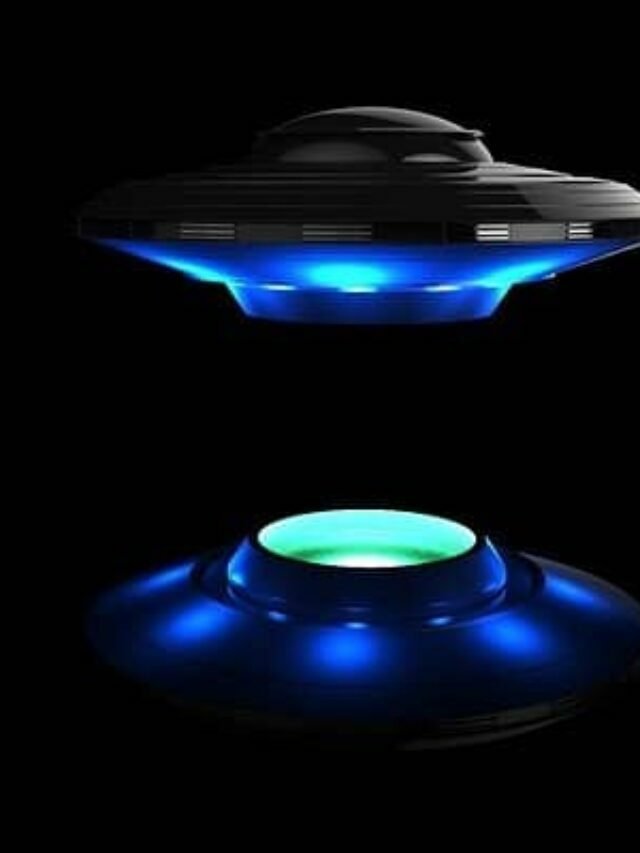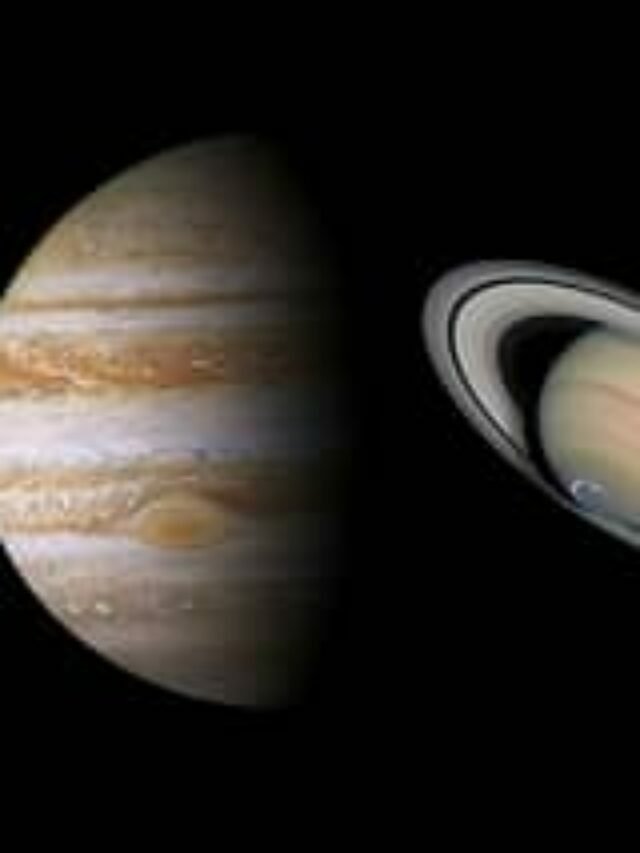NASA launched a space mission using solar sail technology. NASA solar sail project mission overview shared today.
The agency is aiming to cost effectively demonstrate the solar propulsion viability for future sustainable space exploration.
NASA solar sail project mission overview
NASA solar sail mission recently launched from New Zealand. The agency deployed advanced composite solar space system spacecraft aboard rocket labs electron rocket. This spacecraft uses solar energy for propulsion, its achievement in space exploration technology.
According to NASA’s press release, a busy flight phase for 2 months includes subsystems checkout, a cubesat of microwave oven size will deploy its reflective solar sail. The agency has walked a long way to reach these milestones. They celebrated success in the past as well, Nasa Neil Armstrong was the first man to walk on the moon.
NASA solar sail mission overview
Spacecraft having a solar sail launched from New Zealand at 3:30 AM IST is set to orbit 1,000 km above earth. Taking a circle of earth is called orbit. The solar sail will measure approx 80 square metres and use sunlight to navigate through space.
Important objects
To demonstrate solar sail propulsion working capacity and effectiveness is the main objective of the mission. NASA solar sail’s future mission is to reduce dependency on heavy propulsion systems. Solar sail mission objective is to use the sunlight pressure on the sail to showcase the orbit raising and lowering capabilities.
Solar sail technology significance
Solar sail mission success is very important for NASA as it could be a game changer to shift towards more cost effective and sustainable space exploration. By using the sun’s abundant energy for propulsion future mission can use larger sails instead of traditional fuel tanks resulting in long duration missions at lower cost.
NASA lead system engineer Alan Rhodes opinion
According to lead system engineer Alan Rhodes sail provides a limitless source of propulsion. Alan Rhodes is a lead system engineer in NASA’s Ames Research Centre.
By utilising the sun’s energy on expert level NASA future missions can increase efficiency and minimise the heavy fuel payloads needed. If NASA’s solar sail project gets success it will be a revolutionary change in space exploration.
Few more things about NASA
NASA share price
You cannot purchase shares in NASA as it is not a publicly traded company.
NASA TV live
It is an official free to air broadcast network for live events and original contents of NASA. Here you can watch the latest news, space walks, mission events, launches, briefings and video showcasing nasa mission.
One can access NASA tv through their local providers and third party distribution platforms including Apple tv, Roku, Hulu, Pluto TV, DirectTV, DISH Network, Google Fiber and Amazon Fire TV.
Conclusion – Today we talked about solar sail technology enabling lower cost missions for longer duration and decreases the dependency on traditional fuel tanks. A critical mission due to its accomplishment that will lessen dependency on heavy propulsion systems. Not only NASA but the other agencies and the whole world is eying this mission.
FAQ
NASA solar system information?
NASA is aiming to reduce the cost through the solar sail project by using sunlight for future sustainable space exploration.
What does NASA use to get to space?
The new mission is to use solar sail technology, previously dependent on fuel tanks.
What is NASA’s solar sail project?
NASA’s solar sail project is all about using the sunlight more efficiently and decreasing the reliability of traditional fuel tanks for future cost effective sustainable space exploration.
Who is Alan Rhodes?
Alan is lead system engineer in NASA Ames Research Centre.
What is Alan Rhodes’ opinio
According to Alan Rhodes solar sail provides a limitless source of propulsion. Alan Rhodes is a lead system engineer in NASA’s.




